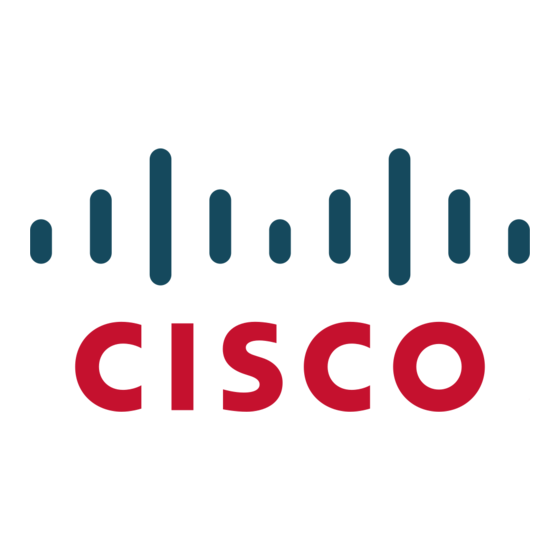Cisco TelePresence SX10 Manuel - Page 30
Parcourez en ligne ou téléchargez le pdf Manuel pour {nom_de_la_catégorie} Cisco TelePresence SX10. Cisco TelePresence SX10 45 pages. In-room control on touch 10
Également pour Cisco TelePresence SX10 : Manuel d'installation (8 pages), Manuel de l'utilisateur (26 pages), Manuel rapide (2 pages), Manuel de l'utilisateur (34 pages), Manuel de l'utilisateur (29 pages), Manuel d'utilisation préliminaire (9 pages), Manuel de l'utilisateur (38 pages), Manuel d'installation (8 pages), Manuel de l'utilisateur (2 pages), Manuel de l'utilisateur (37 pages), Manuel (45 pages), Manuel d'installation (2 pages), Manuel de l'utilisateur (34 pages), Manuel de l'utilisateur (5 pages), Manuel de l'utilisateur (38 pages), Manuel de l'utilisateur (38 pages), Manuel de démarrage (46 pages), Manuel rapide (2 pages)

